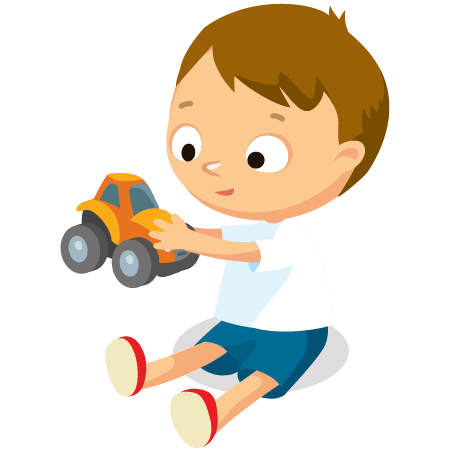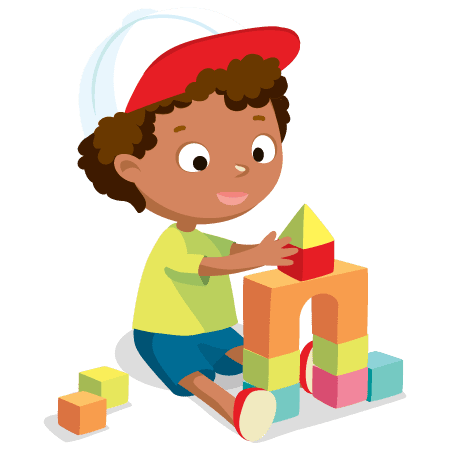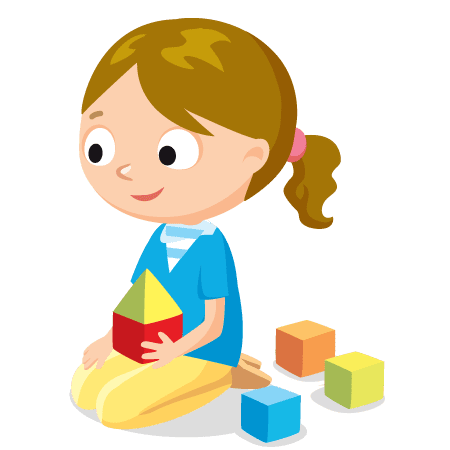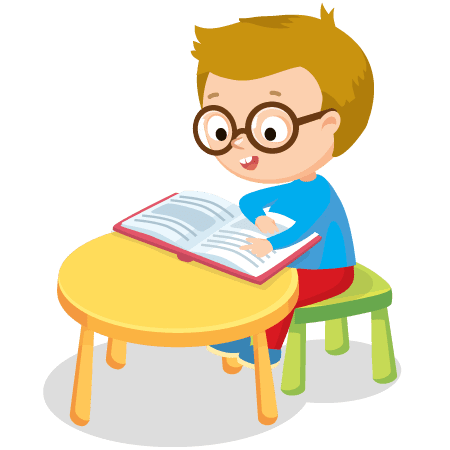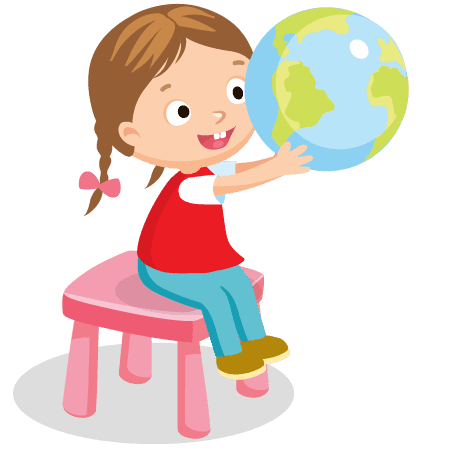- Board of Directors
- Buddy Walk
- Calendar
- Cart
- Checkout
- Consent to attend IEP
- Contact Us
- COVID-19
- Disaster Preparedness for Families with Special Needs
- Donate Now
- Download TEFRA Application
- Education
- Families
- Family Connection of South Carolina
- Find a Provider
- Get Involved, How to Help
- Get involved, Volunteer Today
- Healthcare
- Hopes & Dreams
- IDEA and McKinney-Vento Laws: Rights and Resources for SC Families
- Login
- Look Book order
- Look! Photography Exhibit
- 25000
- 25010
- 25012
- 25043
- Adam
- Adaya
- Adeline C
- Ahmir S
- Aiden
- Aiden Elijah T
- Aime H
- Alexander
- Alexia
- Alexia H
- Alexis S
- Amanda D
- Amani G
- Amaya Y
- Amden Alecole H
- Amelia H
- Ana Sofia
- Ana Sofia
- Ana Sofia B
- Andrew M
- Andrew P
- Angel C
- Angel R
- Angela Isabella
- Anthony Y
- Ariana
- Ariana
- Ariana
- Art Walk
- Arthur “Row” G
- Ashanti
- Asher B
- Ashley Altagracia R
- Ashley R
- Ashley R
- Ashley R
- Austin
- Austin A
- Ava W
- Avery
- Avery B
- Avery B
- Avik
- Avik
- Axel
- Axel
- Azaan C
- Bailey M
- Baylee
- Benjamin
- Benjamin H
- Beverly C
- Beverly C
- Blake and Evan B
- Bo
- Braden
- Braden
- Braden G
- Bradley L
- Brandon M
- Braydon and Paisley M
- Brett and Jacob
- Brian G
- Brian G
- Bryann
- buy art
- Caden D
- Cairo
- Cairo
- Caleb R
- Caleb S
- Camari
- Camari B
- Cameron
- Cameron M
- Carolyn W
- Carson “Forbes” R
- Carson E
- Catherine
- Charles C
- Charlotte
- Chesnee H
- Cierra R
- Claire F
- Claire F
- Claire F
- Clara
- Colton S
- Cooper P
- Cora Mae P
- Coraline J
- Corban
- Corbin B
- Cortland
- Cortland
- Cortland L
- Cortland L
- Cortland L
- Court H
- Dade B
- Daisy
- Daisy N
- Daisy N
- Daisy N
- Dakota
- Dakota M
- Dale “Tripp” H
- Dale “Tripp” H
- Daniel B
- Daniel S
- Daniela G
- Dantae S
- David E
- David E
- David E
- Daxton
- Deacon M
- Deklan
- Delaney
- Delaney
- Delaney J
- Dhylan L
- Diana
- Diego G
- Drew
- Drew
- Duncan and Tanner
- Dylan
- Dylan and Jackson
- Dylan and Jackson M
- Dylan and Jonathan G
- Dylan M
- Eli
- Eli
- Eli J
- Eli S
- Elijah F
- Elijah F
- Elijah F
- Elijah H
- Elijah L
- Elijah L
- Eliza
- Eliza
- Eliza
- Ella B
- Ella B
- Ella B
- Ellington
- Ellington
- Elsie R
- Emerson
- Emily L
- Emily S
- Emma
- Emma P
- Eriyanna M
- Ethan B
- Ethan R
- Ethic B
- Eugene J
- Evelyn M
- Faith
- Faith R
- Gabriella “Gabi” F
- Gabriella G
- Gael Armando B
- Genesis H
- Giovanna F
- Grace H
- Graham L
- Grayson H
- Grayson T
- Greyson L
- Greyson W
- Griffin H
- Haidyn J
- Haidyn J
- Haidyn J
- Hall T
- Hall T
- Halle
- Hannah Grace
- Hannah N
- Harrison W
- Hayes R
- Hayes R
- Henry M
- Henry M
- Henry S
- Ian F
- Invite
- Isabella Cristina
- Isaiah B
- Isaiah B
- J.T. R
- J’vien M
- Jack
- Jack M
- Jack S
- Jackson
- Jackson and Parker T
- Jackson K
- Jackson K
- Jackson M
- Jacob W
- Jacob W
- Jagger J
- Jailynn L
- Jakyrie H
- James C
- James C
- James R
- Jamie V
- Jasmine
- Javier
- Javier F
- Javier F
- Javier F
- Javier F
- Jaxon M
- Jaylen
- Jaylen
- Jaylen E
- Jeremy S
- Jeremy W and Xander S
- Jerry S
- Jesus
- Jocelyn F
- Joe
- Jonathan A
- Jonathan, Dylan, and Glendy G
- Jordan M
- Joshua S
- Josue C
- Judah
- Judah
- Jude G
- Juliana D
- Juliana D
- Juliezer
- Juliezer
- Julissa R
- Ka’Niya
- Ka’Niya B
- Ka’Niya B
- Ka’Niya B
- Ka’Niya B
- Kaden M
- Kaden W
- Kaitlyn L
- Kamari M
- Kate C
- Kate M
- Kate M
- Katie H
- Katie H
- Katie H
- Kayln R
- Kayln R
- Keagan C
- Kelly
- Kelly
- Kennedi S
- Kieran S
- Kiersten B
- Kiersten B
- Kinsley B
- Laila W
- Levi R
- Lia
- Liam S
- Lila and Grayson S
- Lila B
- Lizzy
- Lizzy
- Lizzy S
- Logan B
- Logan M
- Look Participant Application
- Look Photographer Application
- look-2001
- look-2003
- look-2008
- look-2012
- look-2013
- look-2014
- look-2108
- look-22000
- look-24000
- LOOK! 2021
- LOOK! 2022
- LOOK! 2023
- LOOK! 2024
- Luke R
- Luke R
- Lydia Grace J
- Maddie
- Madelyn
- Malachi
- Malachi J
- Mallory
- Mallory
- Marcie H
- Martin Family
- Mason
- Matthew
- McKenna M
- Meredith
- Mia S
- Mia S
- Micah C
- Michelle
- Michelle L
- Michelle L
- Mila
- Milla
- Milla M
- Millie and Jace
- Miranda
- Myles
- Nasir W
- Nasir W
- Nicholas
- Nicholas H
- Noah J
- Novah M
- Olive D
- Oliver
- Oliver B
- Oliver B
- Oliver B
- Oliver B
- Pace
- Pace
- Paisley
- Paisley
- Paisley P
- Parker
- Parker
- Parker M
- Parker M
- Parker M
- Patience C
- Patriss
- Philip Rouse L
- Photo Release
- Porsche F
- Qu’Mari
- Qu’Mari
- Qu’Mari D
- Raegan
- Raegan
- Raegan H
- Renatta and Xareny D
- Rosemary M
- Rosemary M
- Sam
- Sarah
- Sarah O
- Savannah
- Shani W
- Shawn J
- Shelby
- Shelby
- Skylah W
- Skylar H
- Sophia
- Stephanie V
- Stephen M
- Sullivan S
- Support LOOK! 2021
- Susan Faith
- Susan Faith E
- Susan Faith E
- Susana G
- T.J. M
- T.J. M
- Tallon B
- Terrence
- Theo H
- Tiffany
- Travis W
- Tripp H
- Vivienne F
- Warren “Ayers” H
- Wesley R
- William “Ethan” B
- William Ethan B
- William K
- William K
- William S
- Zander C
- Zeron G
- Zeron G
- Zoe
- Zoe
- Zoey W
- Zoey W
- Zoey W
- Zoey W
- Make a Donation
- Media Information
- Midlands Gives
- Midlands Gives
- My account
- News
- News
- Newsletter Sign-up
- Order Materials
- Orders QR
- Our Work
- Para Español
- Parent to Parent Support
- Profile
- Programs and Services
- Provider Form
- Referido
- Referral
- Resources
- Social Media
- Sponsorship Opportunities
- Staff Referral
- Summer Camps
- Support Our Work
- test
- Training
- Volunteer Leadership
- Woo Products
- Year End Giving
- Your Child’s Journey Begins
- Your Referral has been Submitted

Early Childhood Transitions
Transition Means Change
It happens in everyone’s life in many different ways, and in early intervention, transition means progressing from one program to another, such as:
- from the hospital to your home
- from infant-toddler services (Part C) to preschool services (Part B)
- from preschool services to kindergarten
- Postsecondary goals (required by law at age 16 yr in IEP transition planning)
Preschool aged children (3-5 yr) with disabilities may be identified as needing special education services through a variety of different ways, including but not limited to transition from the IDEA Part C early intervention service ( BabyNet), or referral for evaluation made to the (lead education agency) LEA by a parent, caretaker, and/or educator. If your child does not qualify, your service coordinator will help connect you to other resources in your community. If your child does qualify, you will develop an IEP that will meet your child’s needs.
Transition from Early Intervention Services (IFSP) to Preschool Services (IEP)
From the age of birth up until 3 years, early intervention services, governed by Part C of the Individuals with Disabilities Education Act (IDEA), are provided in the child’s natural environment, and the developmental goals are guided by an Individualized Family Service Plan (IFSP).
Once your child turns 3, special education services, governed under Part B of IDEA, are provided through the public school system. Your child’s goals, accommodations and modifications are regulated by a legal document known as the Individualized Education Plan (IEP).
After all the evaluations have been completed, you will be contacted to meet with the IEP team if your child is found eligible for services. An IEP will be written before your child’s third birthday. Services will begin on your child’s third birthday.
For more information on both Part C and Part B of IDEA, please visit the US Department of Education’s website.
Individualized Education Program
The acronym IEP stands for Individualized Education Program. This is a written document that describes the educational program designed to meet a child’s individual needs.
The entire IEP process is a way for you and the school to talk about your child’s needs and to create a plan to meet those needs. Let’s look at the process, starting with the IEP meeting.
The IEP has two general purposes:
1. to set learning goals for your child
2. to state the supports and services that the school district will provide for your child.
Moving into Kindergarten
For many families, navigating the formal education programs of kindergarten and school-age services and the legal process of IEPs seems overwhelming. Just as the transition from early intervention to preschool needs attention, the transition to formal education requires preparation as well. As children are ready to enter kindergarten, there are specific transition activities which make the process run smoothly.
Here are some questions you might want to ask as you move through this transition to kindergarten for your child with challenging behaviors:
- If my child has a Behavior Intervention Plan (BIP), does it need to be updated to reflect the kindergarten environment?
- What supports and services will my child need in order to successfully participate in kindergarten given their behavioral challenges?
- If my child has a Behavior Intervention Plan (BIP), who will be responsible for training staff on how to implement it?
- Does the IEP team have ideas for developing academic goals and objectives for a child with challenging behavior?
- What tips can I share with the school staff to help my child make a positive transition?
- Does the team have tips I can use at home to help my child prepare for this transition?
- Can I tour the school and classroom with my child before school starts in the fall?
